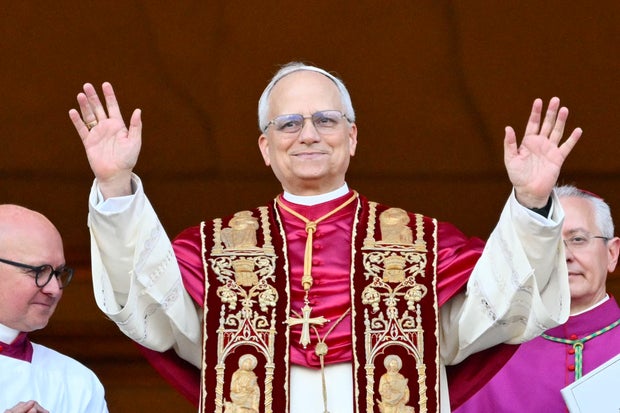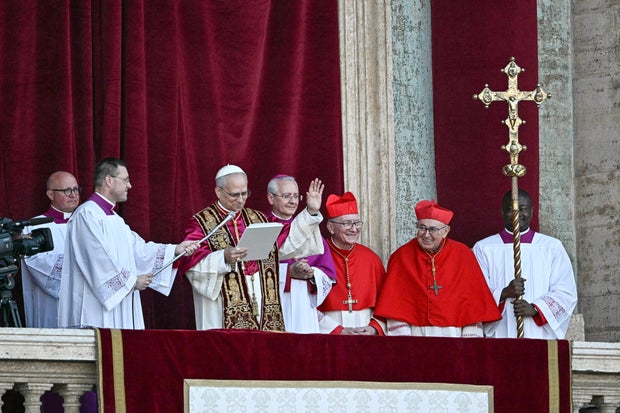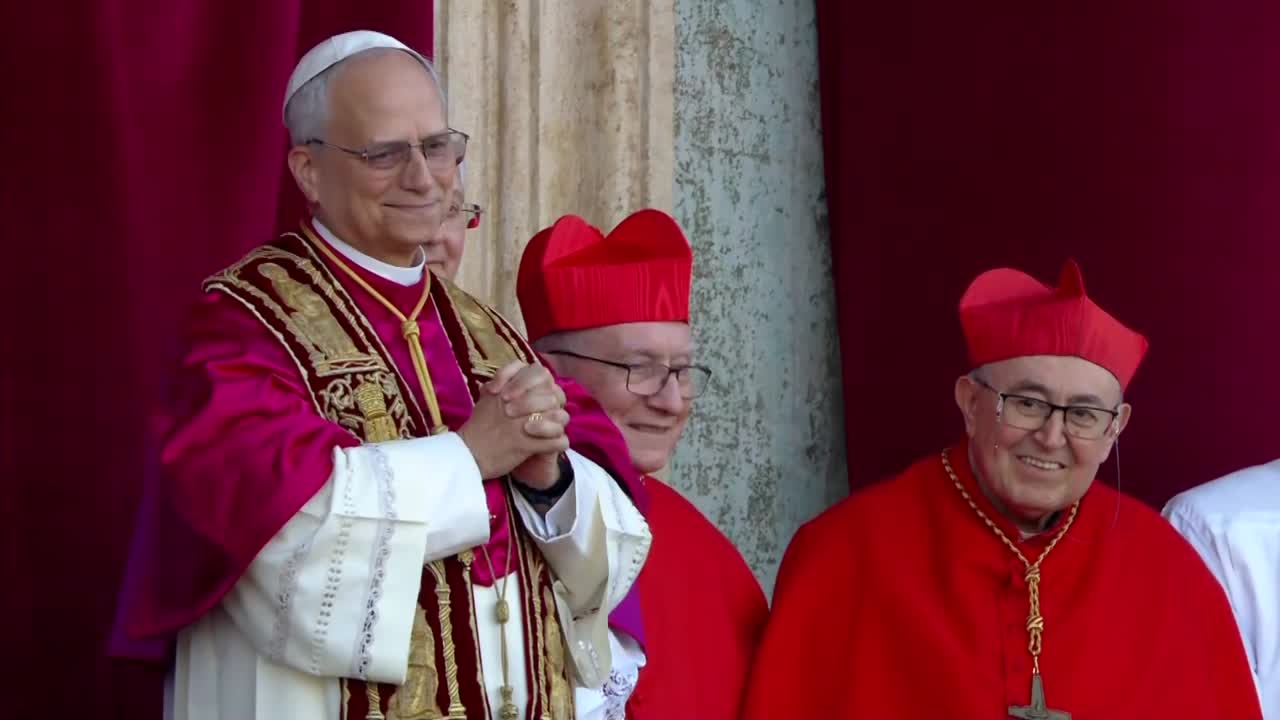American Cardinal Robert Prevost chosen as new pope, Leo XIV, by Catholic cardinals
Chicago-born Cardinal Robert Prevost, 69, was elected and accepted his fate as the next Bishop of Rome, leader of the world's 1.4 billion Catholics. Prevost — the first pope ever from the United States — chose Leo XIV as his papal name.Thursday, May 8th 2025, 3:17 pm
The cardinal electors of the Catholic Church elected an American on Thursday to serve as the new pope. Chicago-born Cardinal Robert Prevost, 69, was elected and accepted his fate as the next Bishop of Rome, leader of the world's 1.4 billion Catholics. Prevost — the first pope ever from the United States — chose Leo XIV as his papal name.
DID YOU KNOW? 🔗 Newly elected pope once served as a board member for Cascia Hall in Tulsa

The new pontiff's identity was revealed about an hour after white smoke emerged from the chimney above the Sistine Chapel at the Vatican, signaling that a new pope had been chosen with a decisive vote by the cardinal electors gathered for the papal conclave.
After the white smoke brought an initial cheer, the crowd in St. Peter's Square erupted in applause again as it was announced that the Catholic Church, for the first time in its history, has a U.S. leader.

Newly elected Pope Leo XIV, U.S. Cardinal Robert Prevost, arrives on the main central loggia balcony of St. Peter's Basilica for the first time, after the cardinals ended the conclave, in the Vatican, May 8, 2025.
Pope Leo XIV soon stepped onto the balcony to deliver his first public remarks as pontiff.
"Peace be with you," he said as he began speaking to the gathered masses in Italian. "This is the face of Christ risen, a disarming and humble face. A God that loves us all unconditionally. We confirm with our ears the weak, but always courageous voice of Pope Francis, who blessed Rome. The pope who blessed Rome gave his blessing to the entire world that Easter morning. Allow me to follow that blessing. God loves us, God loves us all. Evil will not prevail, we are in the hands of God. Let us go forward without fear, hand in hand, as disciples of Christ. The world needs his light. Humanity needs his light."


Who is the new pope?
The Chicago-born pope is also a national of Peru, where he worked for many years. He was made a cardinal by Pope Francis in September 2023.
His most recent role was as the head of the church's Dicastery for Bishops, meaning he oversaw the selection of new bishops.
Overall, he's considered a centrist, but on many social issues he's seen as progressive, embracing marginalized groups like Francis, who championed migrants and the poor. But Prevost opposes ordaining women as deacons, for instance, so he's seen as conservative on church doctrine.

Newly elected Pope Leo XIV, U.S. Cardinal Robert Francis Prevost (3rdL) gestures on the central loggia balcony of St. Peter's Basilica, after the cardinals ended the conclave at the Vatican, May 8, 2025, by electing him as the new pontiff.GABRIEL BOUYS/AFP/Getty
How does the duration of the 2025 conclave compare to past conclaves?
The conclave to choose a successor to Pope Francis began on Wednesday afternoon, local time. The 133 cardinal electors taking part in the process prayed together and took a vow of secrecy before the doors closed and the first round of votes were cast. As night fell, black smoke rose from the Sistine Chapel's chimney, indicating they had not yet agreed on a choice.
On Thursday morning, the cardinals resumed the process for Day 2 and, yet again, before lunch time in Rome, black smoke signaled no decisive outcome from the morning's round of two votes.
In recent history, conclaves have tended to only last a couple of days, and this year's followed suit.
Some past conclaves, however, dragged on much longer. The longest one ever, in the 13th century, took almost three years to choose Pope Gregory X.
The shortest conclave on record, in 1503, took just 10 hours to choose Pope Pius III.
How long was the conclave that elected Pope Francis?
The conclave that elected Pope Francis began on March 12, 2013, and he was announced as pope the next day, after five ballots.
The conclave that elected his predecessor, Pope Benedict XVI, began on April 18, 2005. Benedict was announced as pope the next day after four ballots.
This is a developing story and will be updated.
More Like This
Top Headlines
May 8th, 2025
May 8th, 2025















